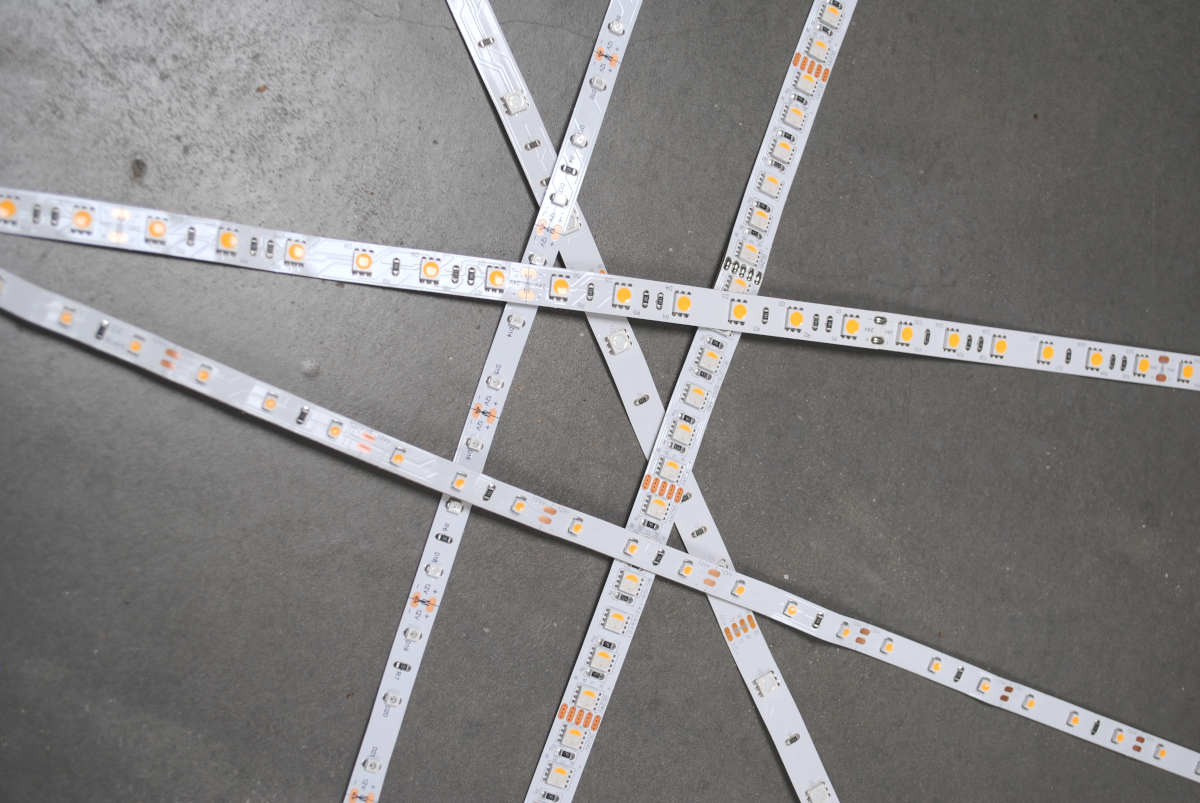
LED Strips Wattage and Light color

LED Strip Stress?
As many different types of LED strips are now being sold, each with different LED type numbers and quantities of LEDs per meter, it can sometimes be difficult to keep an overview and find the right LED strip for your application. If the many type numbers and specifications mean nothing to you, it is best to immediately look at the wattage of the LED strip. For an LED strip, you can rely on the following rules of thumb:
Comparison with halogen:
With a 10W per meter LED strip, each meter gives as much light as a 70W halogen spot. This is a factor of 7. You can apply the same calculation for other wattages.
Comparison with TL:
With a 10W per meter LED strip, each meter of LED strip gives as much light as a 15W TL tube. This is a factor of 1.5. The calculation can be applied to other wattages.
You can compare the different LED strips by comparing this wattage. The light output often increases/decreases proportionally with the difference in wattage.
With white LED strips, the color temperature is also important. This is expressed in Kelvin.
2400K: (Very) warm white, a fairly yellowish color
2700K: Soft warm white
3000K: Neutral warm white, comparable to a halogen spot at full strength
3500K: Bright warm white, this light still has a somewhat yellowish tone, but it tends to
pure white. 4000K: Pure (soft) white
6000K: Daylight, Pure (hard) white
CRI / Color Rendering Index:
The CRI is the measure of a light source's ability to realistically reproduce the colors of various objects compared to an ideal light source such as an incandescent lamp (simply because our eyes are used to it) or natural light. The scale ranges from 0 to 100, and lamps with a CRI closer to 100 can show the true colors over a broad spectrum. It is an important factor to consider for some applications. For example, it is very important in a store to have lamps with a high CRI so that the colors of the products look as they really are. Also at home, a good CRI value is important, especially if the goal is to illuminate a particular part of the house. If the CRI is too low, the light looks "flat" and unpleasant. With accent lighting, the CRI is less important, as the purpose of this lighting is not to illuminate the space. On the other hand, in a factory (CRIs often in the 70s or 80s) or with street lamps (CRIs in the 30s or 40s), color accuracy is far less important than the total amount of light produced; or lamp costs.
Connecting LED Strips
LED strips that work with a constant voltage, like all LED strips on our site, can be combined in many ways. Different lengths can be connected in series, parallel, or a combination of both. The LED strip can be interrupted every approx. 5 cm and reconnected with a cable. The only limitation when working with constant voltage LED strips is the max. wattage of the power supply. You should not exceed this, otherwise the power supply will be overloaded and will (prematurely) fail.

